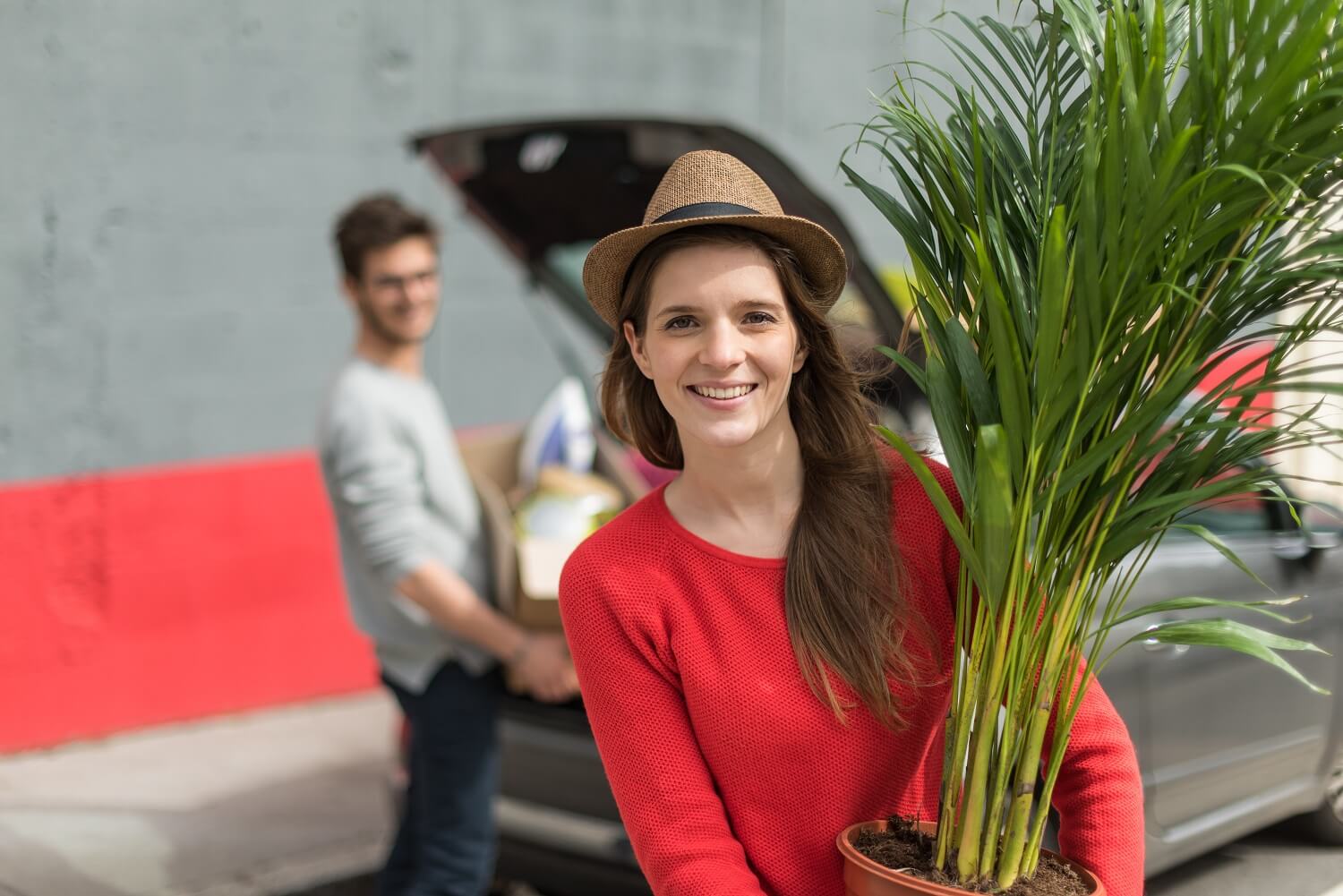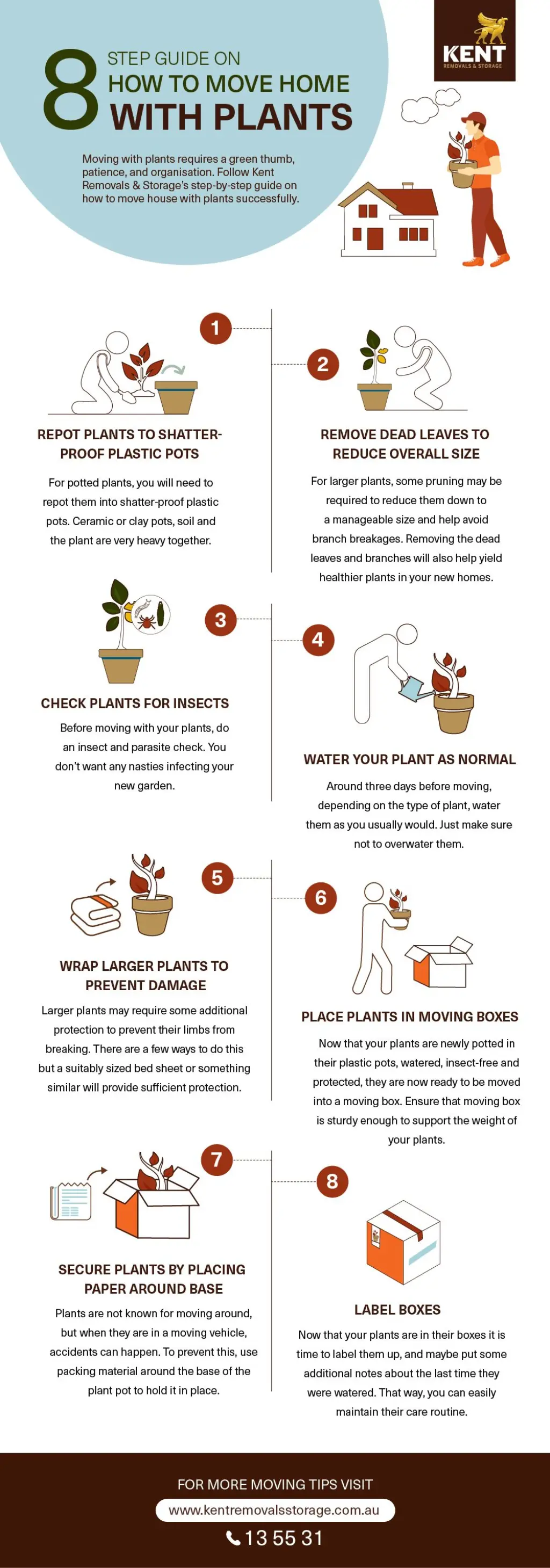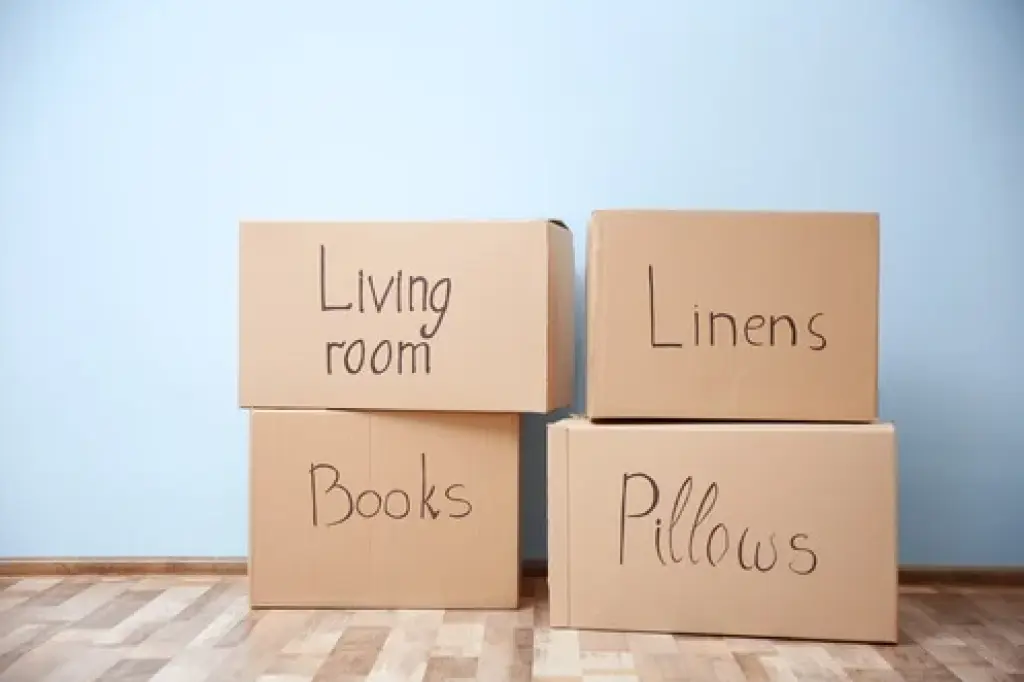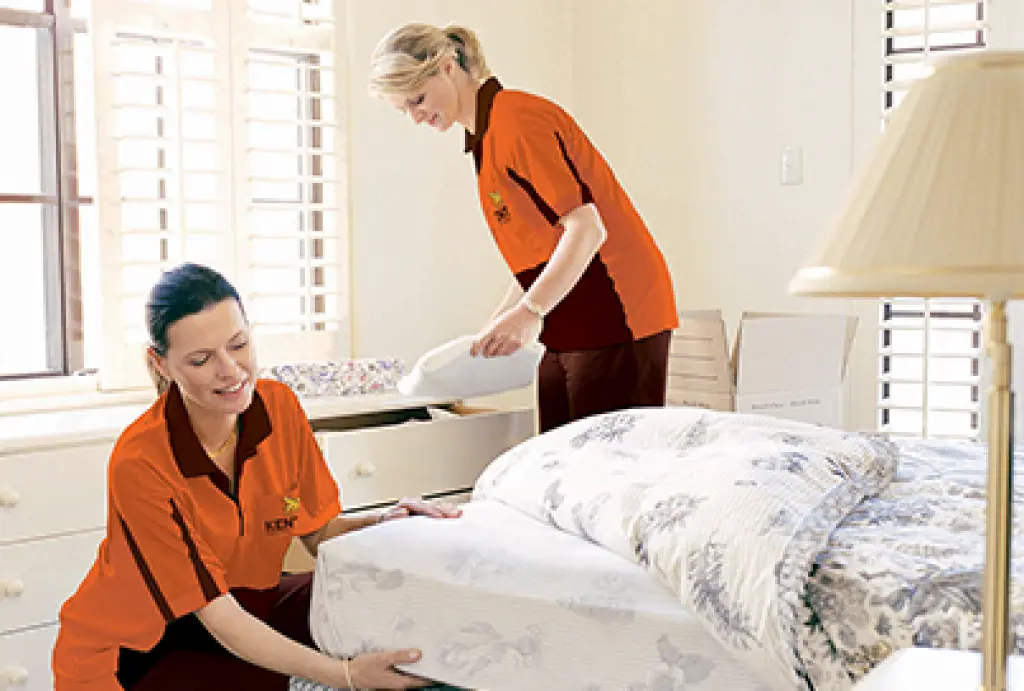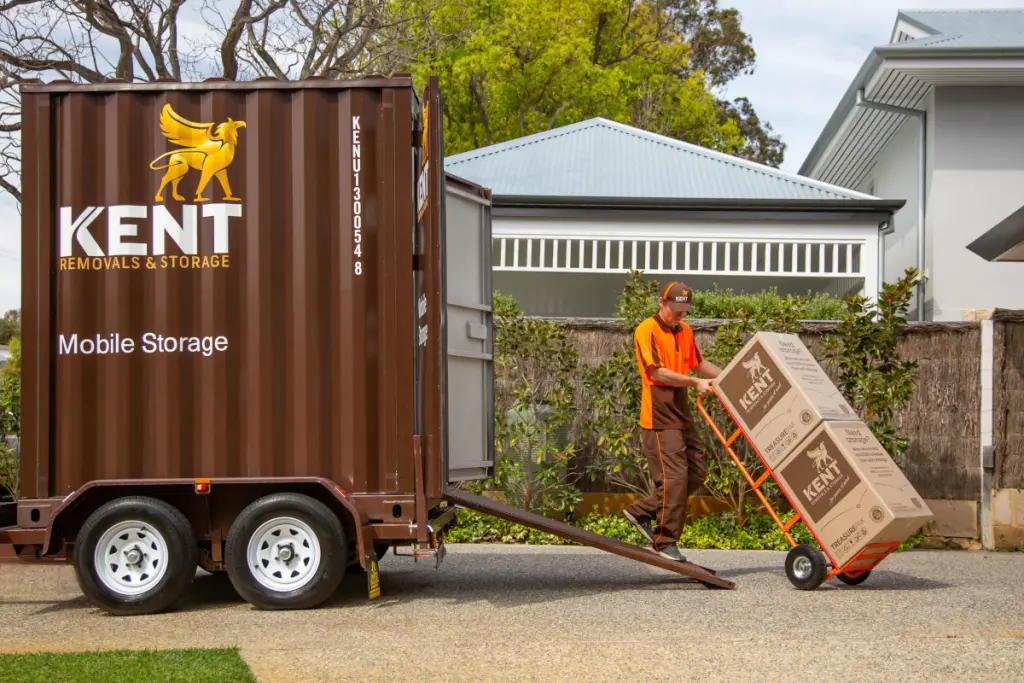Tips For Moving With Plants
Moving with plants requires a green thumb, patience, and organisation. These are all requirements when growing and tending to plants anyway, so you should have no problem! It’s important to consider the length of the journey, as this can affect the process dramatically. Local moves should not offer too many challenges. However, longer moves have their own considerations which will be covered in a later blog. For now, we will focus on local moves.
How To Move With Plants
Step 1: Repot plants to shatter-proof plastic pots
Step 2: Remove dead leaves to reduce overall size
Step 3: Check Plants For Insects
Step 4: Water You Plants as Normal
Step 5: Wrap Larger Plants to Prevent Damage
Step 6: Place Plants In Moving Boxes
Step 7: Secure Plants By Placing Paper Around Base
Step 8: Label Boxes
Step 1: Repot plants to shatter-proof plastic pots
For potted plants, you will need to repot them into shatter-proof plastic pots. Ceramic or clay pots, soil and the plant are very heavy together. These pots are also prone to breakage and as such require their own packing and moving process, which can be read here.
Step 2: Remove dead leaves to reduce the overall size
For larger plants, some pruning may be required to reduce them down to a manageable size and help avoid branch breakages. Removing the dead leaves and branches will also help yield healthier plants in your new homes. Just make sure you are not pruning plants that do not require it!
Step 3: Check Plants For Insects
Before moving with your plants, do an insect and parasite check. You don’t want any nasties infecting your new garden.
Step 4: Water You Plants as Normal
Around three days before moving, depending on the type of plant, water them as you usually would. Plants are like people and need to be hydrated when relocating. Just make sure not to overwater them.
Step 5: Wrap Larger Plants to Prevent Damage
Larger plants may require some additional protection to prevent their limbs from breaking. There are a few ways to do this but a suitably sized bed sheet or something similar will provide sufficient protection.
Step 6: Place Plants In Moving Boxes
Now that your plants are newly potted in their plastic pots, watered, insect free and protected, they are now ready to be moved into a moving box. There are no special requirements for the box itself, just make sure that it is sturdy enough to support the weight of your plants.
Step 7: Secure Plants By Placing Paper Around Base
Plants are not known for moving around, but when they are in a moving vehicle, accidents can happen. To prevent this, use packing material around the base of the plant pot to hold it in place.
Step 8: Label Boxes
Now that your plants are in their boxes it is time to label them up, and maybe put some additional notes about the last time they were watered. That way, you can easily maintain their care routine.
If you require any additional help for other household or garden items, please take a look at our moving tips and tools. If you would like to speak to a moving expert, contact us today or call 1300 709 564.
